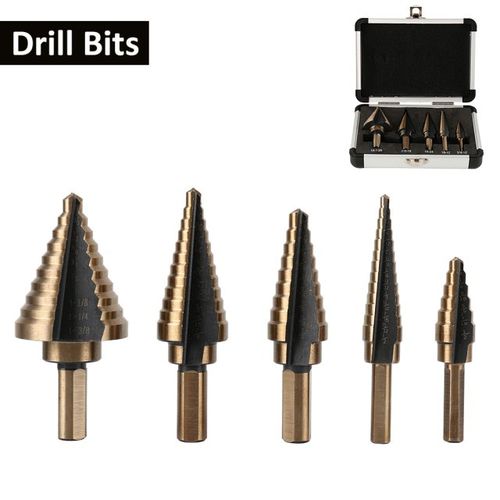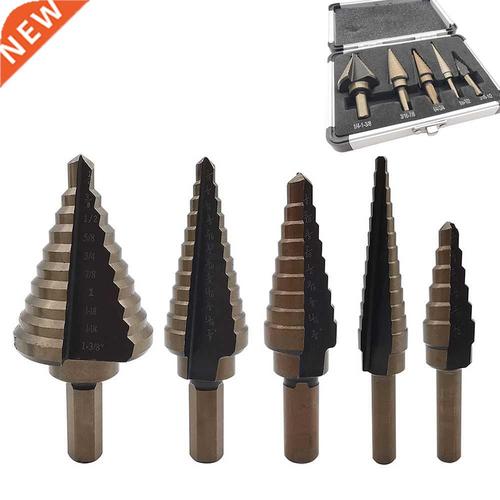
Drill Bit Sizes: A Comprehensive Guide
When it comes to drilling, the choice of drill bit sizes is crucial. The right size can make the difference between a smooth, efficient job and a frustrating one. In this article, we will delve into the various drill bit sizes, their uses, and how to choose the right one for your project.
Understanding Drill Bit Sizes
Drill bit sizes are typically measured in fractions of an inch or millimeters. The size of the bit determines the diameter of the hole it can create. It’s important to note that drill bit sizes are not always precise, as they can vary slightly depending on the manufacturer and the type of bit.

For example, a 6 drill bit is slightly larger than a 7 drill bit, but not by much. Similarly, a 1/8-inch drill bit is slightly smaller than a 3/16-inch drill bit. It’s essential to choose the correct size to ensure a proper fit and efficient drilling.
Standard Drill Bit Sizes
Standard drill bit sizes range from very small to very large. Here’s a breakdown of some common sizes and their applications:
| Size | Application |
|---|---|
| 1/16-inch | Very small holes for delicate work |
| 1/8-inch | Small holes for general use |
| 3/16-inch | Medium holes for larger projects |
| 1/4-inch | Large holes for heavy-duty projects |
| 3/8-inch | Very large holes for structural work |
These are just a few examples of standard drill bit sizes. There are many more sizes available, each with its own specific use.
Choosing the Right Drill Bit Size
Selecting the correct drill bit size is essential for a successful drilling project. Here are some tips to help you choose the right size:

-
Consider the material you’re drilling. Different materials require different bit sizes. For example, wood may require a smaller bit size than metal or plastic.
-
Check the diameter of the fastener or bolt you’re using. The drill bit should be slightly smaller than the fastener to ensure a tight fit.
-
Think about the depth of the hole. If you need a deep hole, choose a longer drill bit to prevent it from breaking.
-
Consider the type of drill you’re using. Some drills may have limitations on the size of bit they can handle.
Drill Bit Materials
Drill bits are made from various materials, each with its own advantages and disadvantages:
-
High-speed steel (HSS): This is the most common material for drill bits. It’s durable, affordable, and suitable for most drilling applications.
-
Carbide: Carbide bits are more expensive but offer better durability and longer life, especially when drilling into hard materials like metal or stone.
-
Titanium: Titanium bits are known for their high heat resistance and are ideal for drilling into materials like stainless steel.
-
Ceramic: Ceramic bits are used for drilling into extremely hard materials, such as tungsten carbide or cast iron.
Drill Bit Tips
Here are some tips to help you get the most out of your drill bits:
-
Always use the correct drill bit size for the material and application.
-
Use a lubricant to reduce friction and heat during drilling.
-
Start drilling at a low speed and gradually increase the speed as the bit gains traction.
-
Keep the drill bit perpendicular to the material to prevent wandering and ensure a clean hole.
-
Replace worn or damaged drill bits immediately to avoid damaging the





